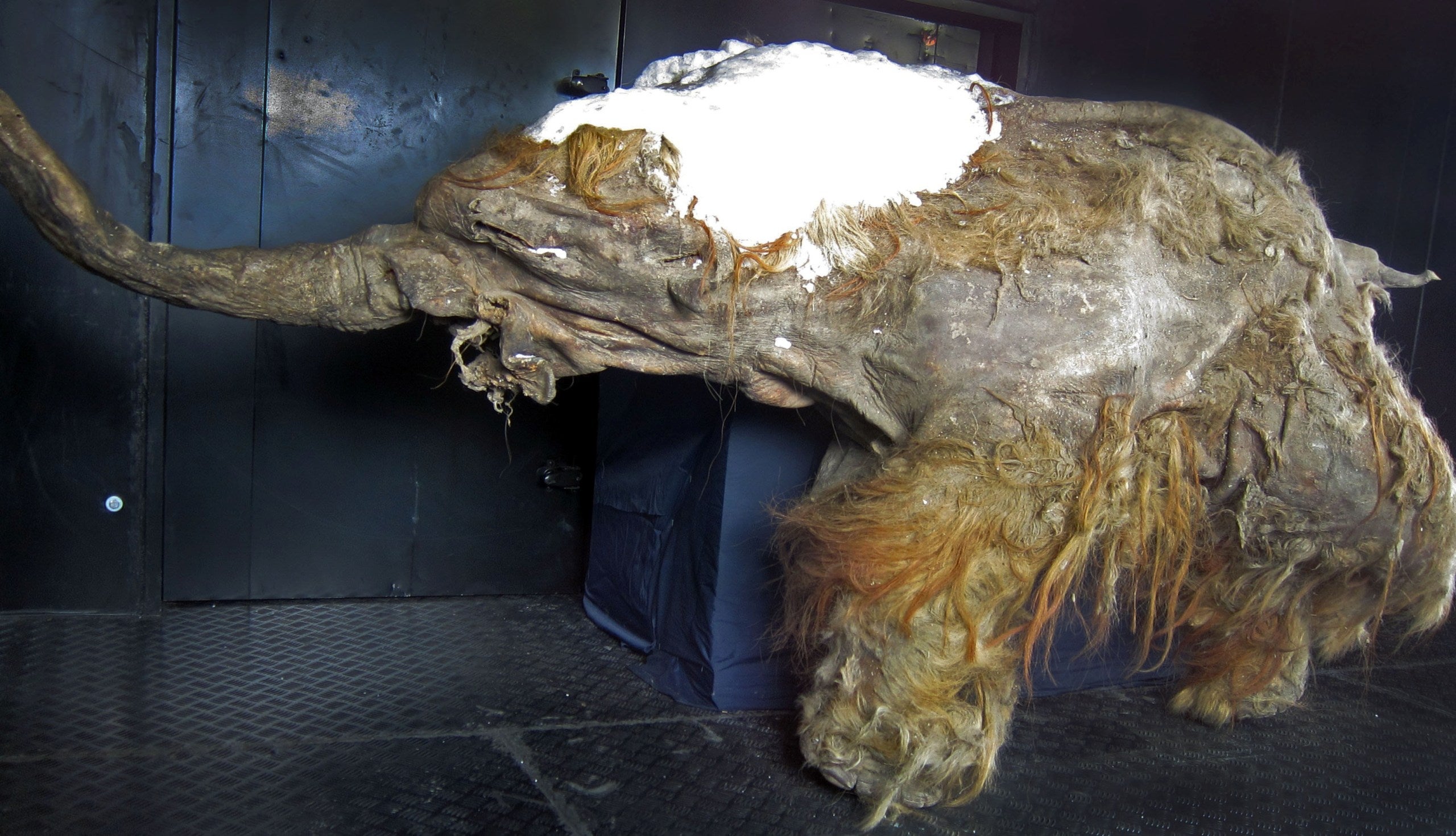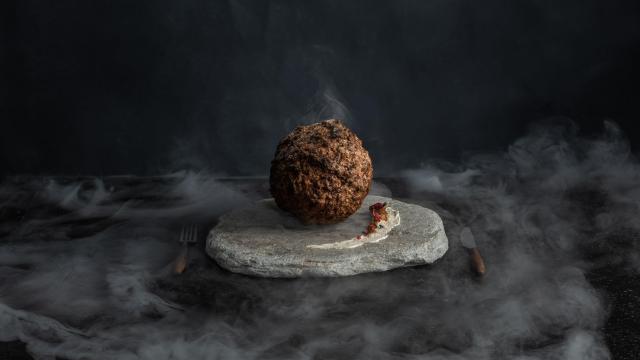Australian cultivated meat company Vow has produced a meatball from a mammoth muscle protein in an effort to show off the numerous benefits of sustainable meat. It’s probably a harmless gimmick, but I’m not a fan of advertising this mostly sheep meatball as genuine mammoth, and I’m sceptical that the stunt is going to sell anyone on cultivated meat.
First, calling this mammoth meat is a stretch, for the same reasons that recent efforts to “de-extinct” the thylacine and the dodo won’t actually result in bringing back these species killed off by humans. The company took a mammoth gene related to the production of the protein myoglobin and hafted it together with the genome of an African elephant; then they took the fused gene and popped it into a lab-grown sheep muscle cell. Vow repeated this process to eventually produce 400 grams of “mammoth” meat. According to Reuters, the product smells like crocodile meat.
Big agriculture has massive climate impacts; it’s an industry in serious need of innovation. Vow claims that its cell-cultured meats are more sustainable, affordable, nutritious, and tasty than traditional meat sources.
“We created the mammoth meatball … to serve as a starting point for this conversation,” wrote Vow CEO George Peppou, in a blog post announcing the work. “It’s a bold and exciting experiment that challenges us to think outside the box and imagine a future where meat consumption can be so different from what we know today.”
While the meat might not be, the team didn’t mince words in their description of the new meatball, which they note made of 20 billion cells developed in a brewery-like setting. (Based on their website, they evidently didn’t hold back on their graphic design budget, either.) According to The Guardian, Vow has also invested making cultivated meats out of alpaca, buffalo, crocodile, kangaroo, and peacock cells.
On the specialty item’s website, the Vow team explains that the “mammoth is a monumental symbol of loss and what drastic climate change can have as an impact. As the animal was unable to adapt to their ever-changing environment, we wondered if this giant could become a beacon of hope for the future of food.”
The mammoth is indeed an iconic symbol of loss — which is why it makes me so uncomfortable that the closest people might come to this incredible lost creature is by cooking and eating it (or rather, something that’s barely mammoth but labelled as such).
When you think of the woolly mammoth, do you think “the future of food?” I don’t. What’s next — polar bear patties? Sea turtle stew? I don’t think a product designed to be salivated over and consumed is the best way to bring attention to climate change and conservation issues, even if the meat is lab-cultivated.
In any case, the Vow team states that “the mammoth meatball itself is not intended for human consumption. Since we are dealing with an extinct protein, it will take some time before we can guarantee that mammoth meat is safe and healthy.”

Because of the circumstances of its preservation (namely frozen) and its superlative age, actual mammoth meat reportedly smells terrible and tastes worse. Its fat turns into stinky adipocere, or corpse wax, and its muscle would turn to goo if thawed. (Rumoured servings of mammoth at fancy dinners in 1901 and 1951 turned out to be false; as reported by The Atlantic, the meat was actually the now-endangered green sea turtle.) And Atlas Obscura reports that, in 1984, paleontologist Dale Guthrie led a group of dinner guests in trying a stew made from the neck meat of a 35,000-to-50,000-year-old steppe bison. The bison, nicknamed Blue Babe, froze over after the animal was killed by an American lion, also now extinct.
According to Reuters, the mammoth meatball became part of the collection at Nemo, a museum in the Netherlands, earlier today. So for now, the mammoth myoglobin-sheep muscle meat sphere is just a photo op and a museum curiosity. If the stunt really does supercharge the cultivated meat market, I guess that’s a good thing — but I suspect all it will do is get folks pondering what other extinct and rare creatures should be tasted.
